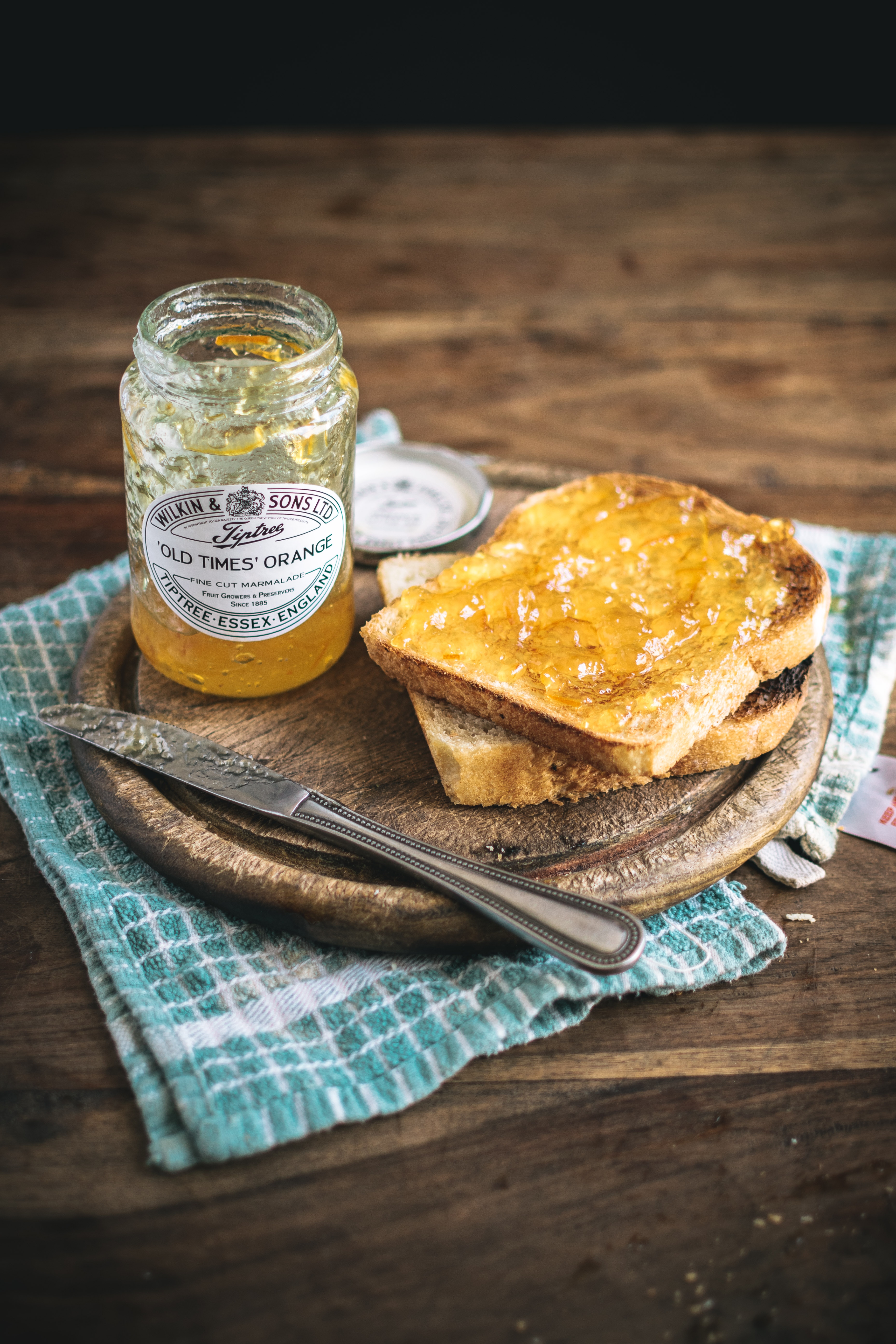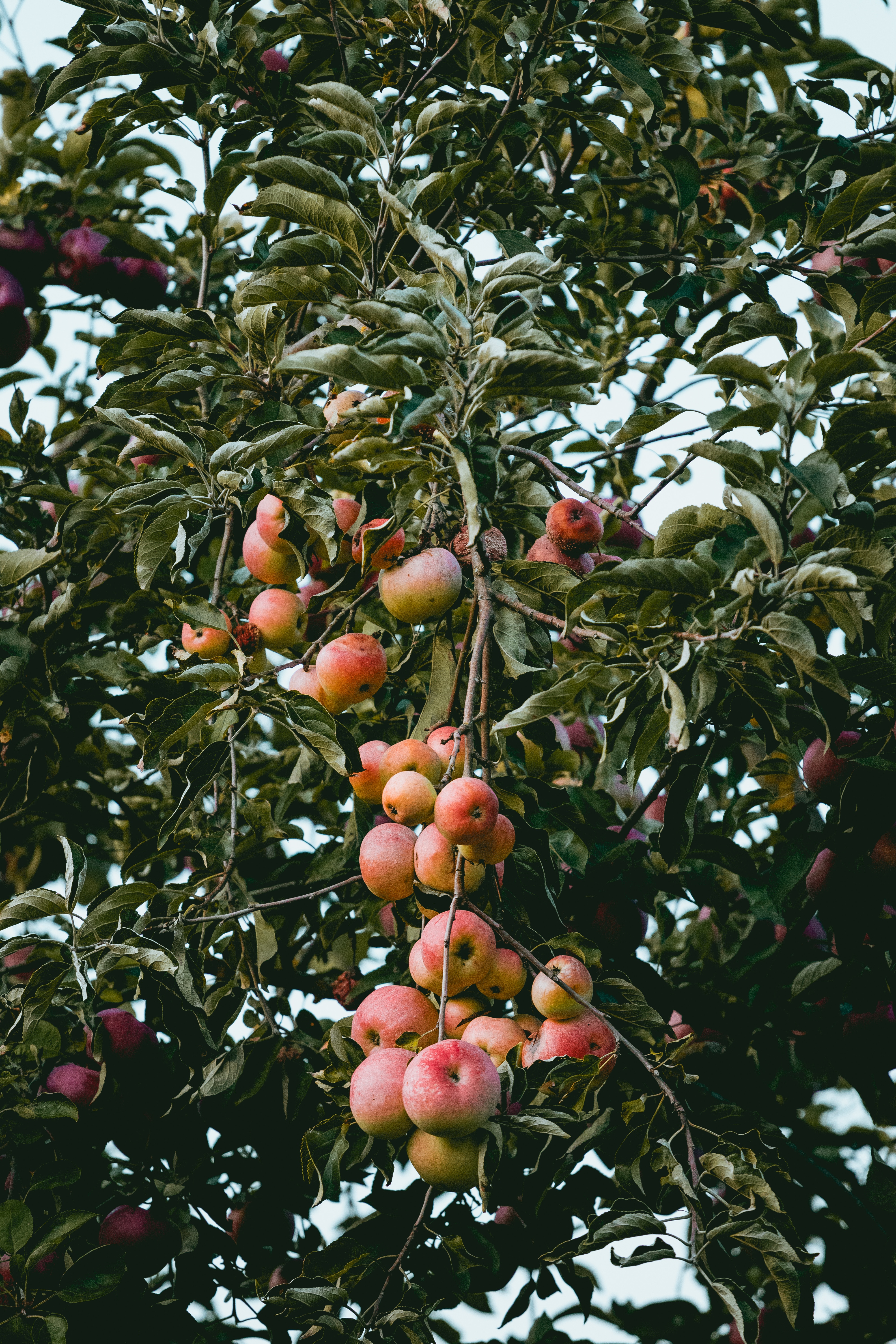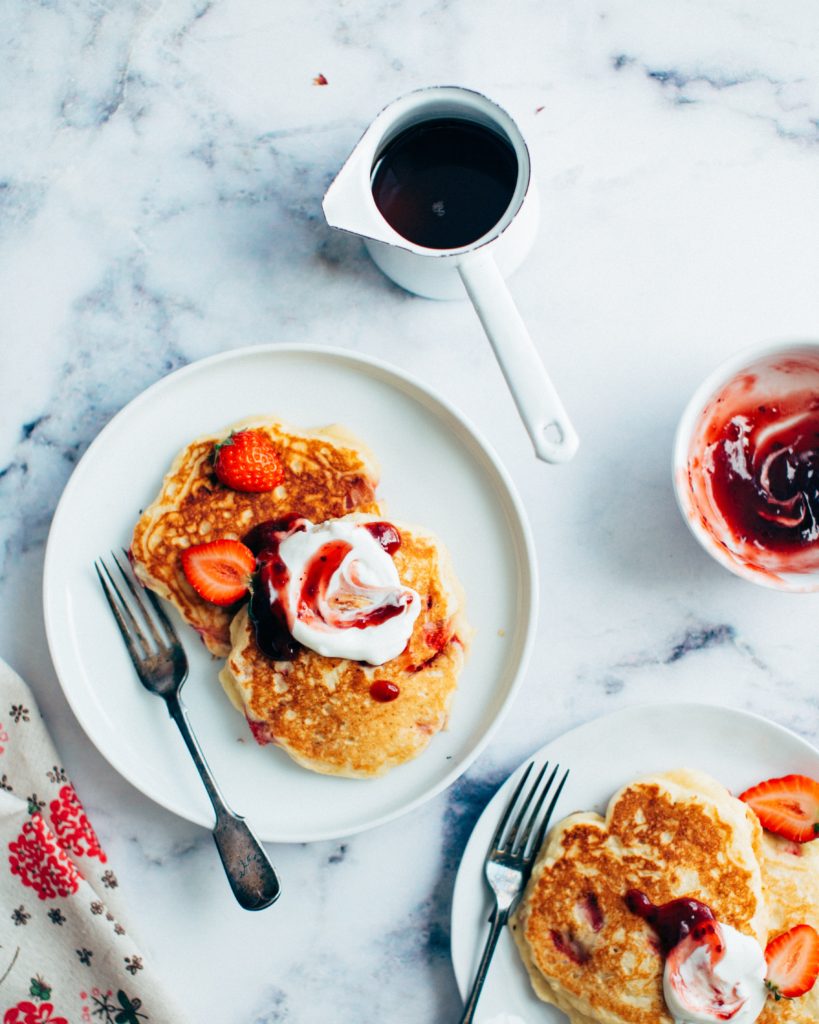Science of Making Jams & Jellies

Preserving Summer Fruit into Jams & Jellies
Summer not only brings sweat-drenching heat waves, but an absolute abundance of fruits that accompanies the season (from June till August). Kids are most likely subjected to harvesting duties since school is out; manning baskets of over-flowing plums, guavas, peaches, wild berries, apricots, and nectarines; just to name a few. Massive melons won’t go unnoticed either when strolling through the grocery store; which I might add, is the best time for price-buster deals (we all know I love a great sale).

So what do you really do with those piles of fruit? Give some to your neighbors, whip up some iced tea, over-rated fruit salads, bake some pies, blaa, blaa, blaa — ok. Whatever. Try again — oh c’mon— jams and jellies, duhh! Perfect excuse for mason jar sales at Micheal’s or any other craft supply store near you, right? Yay! \ (•◡•) /
Also, it is an ideal method of preserving your favorite fruit for the upcoming winter season, especially those folks up north who are going to suffer from summer blues. Your breakfast pancakes might never be so dull again. Thank me later.

Jams and jellies are super easy as long as you understand the dynamics and components of them. They have been around since the 19th century and were used quite frequently, even by military personnel. Instead of slaving over recipes, treat yourself to first being knowledgeable of the basics. That way, many of your unanswered questions will be resolved. Regardless of what fruit floats your boat, this article is intended to help you understand the chemistry aspect of this process.
Jam & Jelly Q & A
Let’s review some questions you may consider before we proceed:
- What differentiates jams and jellies? It all boils down to the type of fruit used, the proportions of various ingredients, and the way the product is prepared. What differentiates them significantly is fruit solids food in jam; whereas jellies are more refined and undergoes a clarification process. This aids in providing a smoother and gel-like texture.
- Can I only use fruit? Of course not. I’ve experimented with jams and jellies so often, that I’ve made jellies out of asparagus, butternut squash, beets, or pretty much any vegetable available in my work kitchen. It’s not only about one basic ingredient, but your ability to compose unusual flavor combinations like strawberry rosemary, banana bacon, or even tomato jam.
- Do they expire quickly? The shelf life of jams and jellies are approximately one year; according to the USDA (United States Department of Agriculture). They are responsible for developing federal laws in regard to farming and food. On the other hand, based on my personal experiences, they can be kept for much longer —18 months or as long as two years. Reason being, if the sugar content is high enough, it acts as a natural preservative if accompanied by proper refrigeration, canning techniques, and/or storage in a cool dry area. There is no official expiry date to be registered. With that said, be mindful and in the habit to always examine product that has been sitting for long periods of time. This also means that other products with lower sugar content such as fruit butters (which you will learn about a little later) aren’t going to last as long compared to jams.
- What can they be paired with? PB & J chronicles are the epitome of childhood days. Regardless, there are a series of useful and trendy ways to add jams to different types of cuisine and other food favorites. For example; on charcuterie platters or cheese boards, flat breads, cheesecakes, glazed over poultry, ham and other proteins, or over pancakes or waffles, spread over bruschetta, diversify paninis and burgers, aioli and so much more.
Jam & Jelly Key Ingredients
The following lists the major components as well as their much-needed role in the final product.
Pectin
Pectin is essentially a carbohydrate found in various fruit. Fibers naturally form when sugar is added and also becomes soft when water and heat is applied. This is because pectin is water soluble (dissolves in water) when heated. To aid in this process, an acid is added such as citric acid or lemon juice. The fruit juice and all other liquids are trapped, which allows a gel to form. Without heat, the gel cannot be formed and can be destroyed if cooked to very high temperatures.
It can be purchased in both a powdered or liquid form, most highly created with apples and lemons. If you decide to use powdered pectin; through my experience, I’ve learned that combining the sugar and the pectin eliminates your chances of having lumps and hard ball-like textures. Use a whisk to achieve a smooth consistency. Rubbery and hard textures are formed when too much pectin is added.
Fruit
Avoid overripe fruit, which will promote unsatisfactory flavors, which lack pectin and acidity that are essential for good jams and jellies.
Recipes that don’t call for pectin naturally contain high levels; currants, sour blackberries, tart apples, plums, quinces, and concord grapes. Other fruits that are naturally low require additional pectin either commercially or by simply adding one or more fruit from the class of fruit higher in pectin. These include strawberries and blueberries, apricots, cherries, and pineapple. If you intend to alternate recipes and produce a large batch of jam, the length of time needed will obviously be longer and will hinder in the process, creating a softer gel.
Similarly, over ripe fruit may not contain enough pectin to form gel naturally versus under-ripe fruit which contains higher levels. Also, be careful when adding the pectin, use recipes as a guide until you are comfortable to create your own.
Sugar
Sugar acts as the preserving agent of the jam or jelly whilst adding flavor and initiates the gelling process for desired consistency and firmness. It aids in retaining the color of the fruit during the cooking process as it absorbs moisture. Thus, the fruit is seen to have a less brown to fading appearance or an ugly brownish color. Working alongside pectin and acid, sugar acts as a thickening agent, helping to form the jam’s structure and increase shelf life by inhibiting mold growth. Although regular table sugar is the go-to for most, surely you are able to use other sweeteners such as honey, brown sugar, rock sugar, and corn syrup.
Acid
Acid levels are also very important when producing jams, as the jam or jelly will not set if there is not enough acid present. It also adds the tart flavor to balance with the high levels of sugar. In the event of using fruit low in acid, squeeze in some lemon juice to replace what is lacking. The optimum level of acidity should always be between 3.0 and 3.5.
Other important categories that you should know about
- Preserves contain fruit which keep their shape during the cooking process by adding sugar. It later develops into a very glossy and shiny product. The fruit is usually very uniform in terms of shape after being cut and the liquid used to store them can be slightly thickened with pectin as well.
- Conserve is a mixed fruit jam (two or more fruit) with the addition of nuts and raisins.
- Marmalade belongs to the jelly category (soft jelly), containing fruit peel or small pieces of fruit that remain suspended in the jelly. It’s flavor profile is quite unique with tart and bitter tones, as a result of the oils present in the rind or peel of citrus, which are most popular.
- Fruit Butter is derived from cooking sugar and fruit pulp together and is NOT JELLIED. The final product should have a thick but spreadable consistency and usually takes more cooking time in order to evaporate moisture.
Notes: For more general information on canning jams and jellies or finding legitimate recipes please visit the National Center For Home Food Preservation page. There are a ton of delicious recipes and mind-blowing information that can help you be more knowledgeable.
Follow me and share!
Please leave a comment, like, and share this article below! Sign up for my monthly newsletter, and never miss an update. Subscribe today!